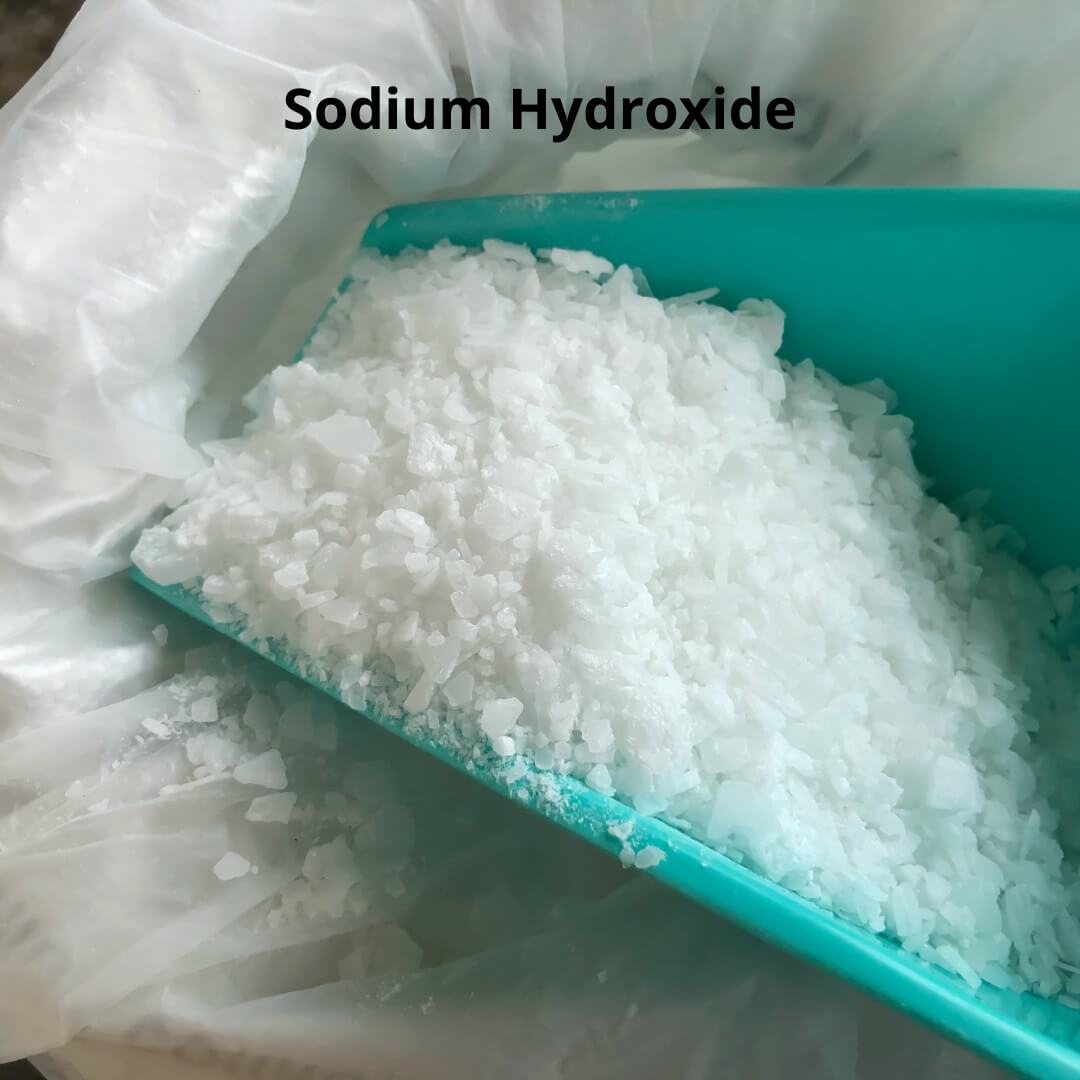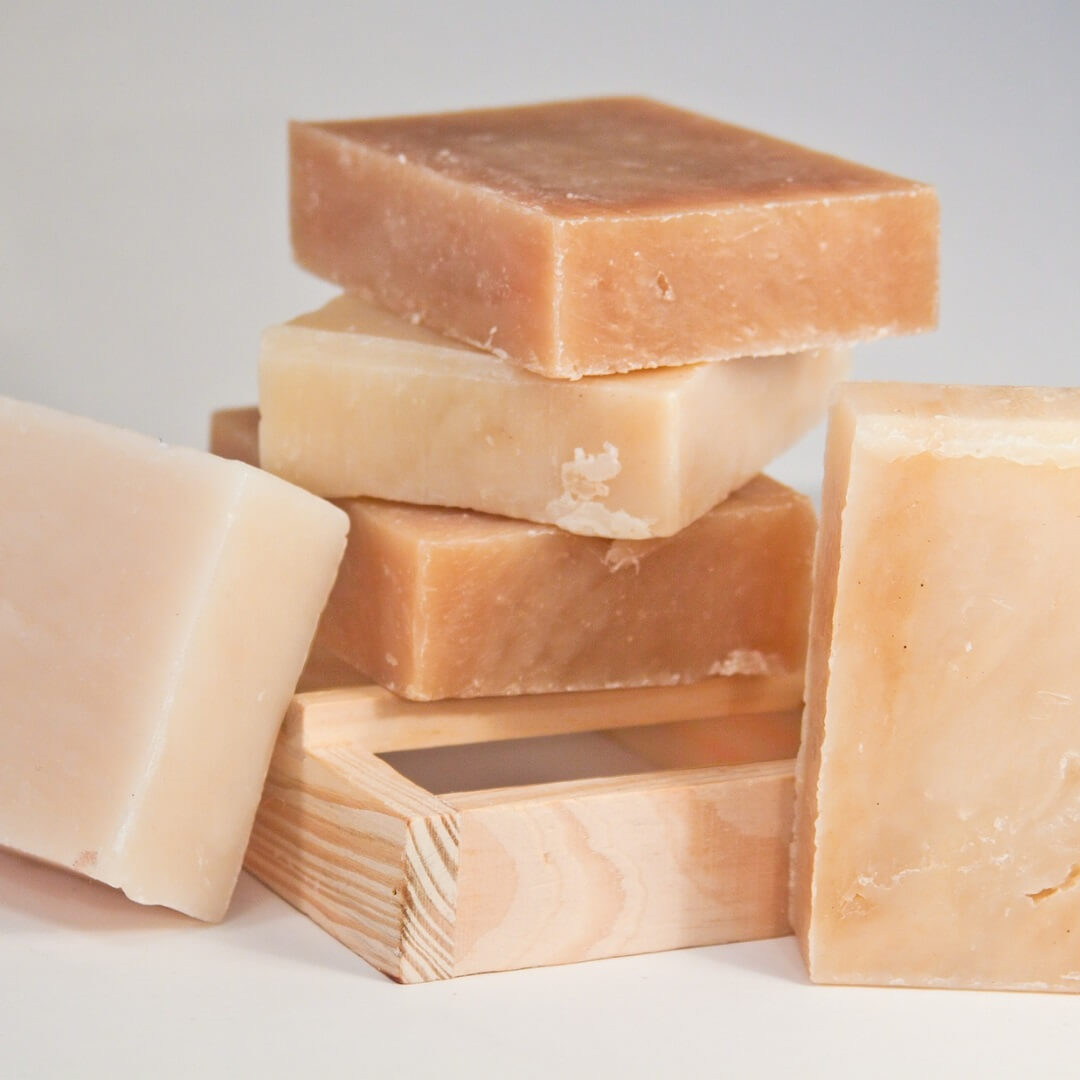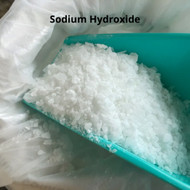Ingredient Spotlight: Sodium Hydroxide - it's caustic so why is it in your products?
Posted by Naturally Safe Cosmetics on 11th Jul 2024
3 minute read
An ingredient you may have come across when checking product labels is Sodium Hydroxide. Or, you might have seen it listed by another name - lye. And, because you've heard that lye is dangerous, you've wondered "what is it doing in my products"? In this article, I take a look at Sodium Hydroxide and explain what it is, what products you might find it in and why.
What is Sodium Hydroxide?
Sodium Hydroxide (NaOH) is a highly alkaline, odourless, white crystalline substance. It is also known by the terms 'caustic soda' and ‘lye’. Although this article will focus on Sodium Hydroxide, at this point, I'd also like to mention another ingredient: Potassium Hydroxide (KOH). Potassium Hydroxide (sometimes referred to as 'potash' because it was traditionally made by leaching water through wood ashes layered in a barrel or similar container) is also commonly referred to as 'lye'. So, I mention it because when you see the term 'lye', it could be either of these two chemicals - just to confuse you!

Sodium Hydroxide (image source: Canva)
Sodium Hydroxide in soap
The making of soap requires a process called 'saponification'. Saponification is the chemical reaction that occurs to produce a lathering soap product. Basically, soap makers will convert triglycerides (fats or oils) into soap by reacting them with an alkali (e.g. Sodium Hydroxide) using water and heat. Sodium Hydroxide itself is made using Sodium Chloride (regular table salt) and is typically used to make hard bar soap because it forms a solid, opaque substance. Potassium Hydroxide is made using Potassium Chloride and is more suitable for making a softer soap, e.g. liquid hand soap.

Sodium Hydroxide is often used in the natural soap making process but none remains in the final product (image source: Canva)
What other personal care products contain Sodium Hydroxide?
Not just used in soap making, Sodium Hydroxide can be found in other personal care products and cosmetics, where it is used used to establish and hold the pH of a product. It can be found in a whole host of everyday products, including facial cleansers and moisturisers, shampoos, toothpastes, sunscreens, fragrances and much more - even makeup like bronzer, eye liner and nail polish.
Should I be worried about Sodium Hydroxide in my products?
In the case of soap, the good news is that after the saponification process takes place, no lye usually remains. So you have your final product, a lovely soap bar (or liquid hand soap), without the concern of the presence of a caustic ingredient. Many soap makers also like to 'superfat' their products, i.e. they add extra fat or oil, just to be sure there's no excess Sodium Hydroxide remaining.
When Sodium Hydroxide is included in other personal care products, it usually appears in very small concentrations. The concentrations vary depending on the type of product but, according to the CDC (Center for Disease Control), solutions as weak as 0.12% have been shown to destruct healthy skin cells within one hour. Sodium Hydroxide itself is corrosive and can cause irritation and/or burning to eyes, skin and mucous membranes. People working with it in manufacturing and processing plants need to take protective measures. For this reason, it may be of concern to you for products you put on your skin, especially those that aren't rinsed off, like moisturisers and cosmetics.
Sodium Hydroxide is also a popular ingredient in industrial solvents and can be found in products like oven cleaners and drain cleaners due to its ability to dissolve grease, oils, fats and protein deposits - another factor that may make you think twice about using products containing this ingredient.
What about labelling?
In terms of product labelling for personal care products, you would expect to see Sodium Hydroxide (or lye) towards the bottom of the list as it should only be there in tiny concentrations. For soap products, some manufacturers don't list it at all because, as mentioned above, none of the ingredient remains after saponification. Others choose to list it, some pointing out that none remains.
My take on this ingredient?
For natural soap bars, I don't think the use of Sodium Hydroxide is a concern because it dissipates as part of the saponification process. For other products like skincare, body products, hair care and cosmetics, the amount included should be very small, however, given the warnings about the caustic nature of Sodium Hydroxide, you might want to avoid it if you have sensitive skin - just my opinion.
Note: Naturally Safe Cosmetics and the author are not health professionals. Any information or advice in this article is of a general nature only and not intended to diagnose, treat, cure or prevent any disease. For medical advice regarding your own personal circumstances, we recommend you contact your GP or other healthcare professional.
Reference: thesprucecrafts.com; rusticwise.com; webassign.net; noahtech.com; thoughtco.com; nj.gov/health; humblebeeandme.com; paulaschoice.com; truthinaging.com


